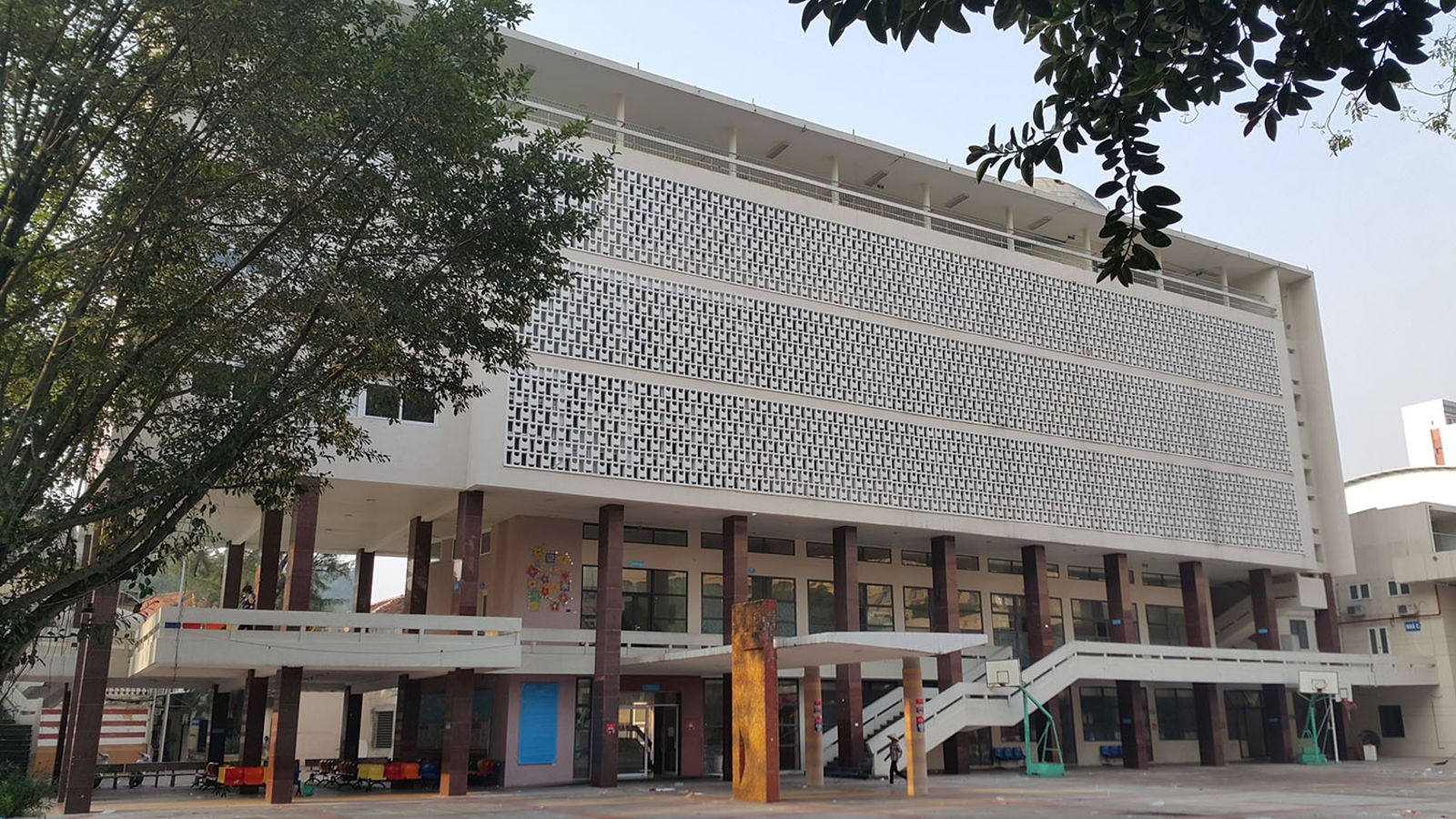With the commencement of a new youth center in outer Hanoi, many can’t help but wonder about the fate of the existing structure on Ly Thai To Street.
Back in mid-March, the Hanoi People’s Committee held a groundbreaking ceremony for the upcoming Hanoi Young Pioneer Palace (Cung Thiếu Nhi) in the Cau Giay new urban area of Nam Tu Liem District. With a budget of over VND1.3 trillion (US$56.6 million), it’s among the most ambitious community projects for the development of young people in the capital.
Plans for the venue were approved in 2014 on an area spanning 40,000 square meters, slated for a 2024 completion date. Apart from dedicated spaces for extracurricular skill classes, the compound blueprint also boasts an 800-seat auditorium, 500-seat stadium, 200-seat cineplex, a swimming pool, a library and an observatory.
The new Cung Thiếu Nhi plan has been positively received by Hanoians, as the capital is sorely lacking amenities and public spaces where local youths can participate in enrichment activities or just simply unwind. Nonetheless, now that the new palace is under construction, the lack of official information regarding the fate of the old structure is making many nervous, local architects in particular.

A rendering of the new Cung Thiếu Nhi in Nam Tu Liem. Photo via VnExpress.
This prompted the Vietnam Association of Architects to recently issue a letter to Hanoi’s state authorities, including the People’s Committee, to lobby for the preservation of the old Cung Thiếu Nhi, deemed by the association as an anchor of tangible and intangible heritage to generations of Hanoians.
According to association members, the fact that the palace is based on “golden land” has them worried. The current Hanoi Young Pioneer Palace is at 36 Ly Thai To Street, just a stone’s throw from Hoan Kiem Lake and within walking distance to many heritage sites and tourist landmarks. These geographical attributes make the site a prime candidate for commercial redevelopment.
“The Pioneer Palace is a heritage of contemporary architecture with special value, along with other architectural heritage in the Hoan Kiem area,” the letter reads. “The compound belongs to the public, so the land should only be reserved for public welfare projects and not apartment buildings, skyscrapers or commercial structures.”
The association also emphasized the exceptional modernist language of the building design, one that fits harmoniously with its surrounding and contributes to the ambiance of the vicinity of Hoan Kiem Lake. It suggests that the structure could be repurposed to be a youth cultural house of Hoan Kiem District, catering to the youth here and of nearby districts.
Apart from its connection with the childhood memories of Hanoi residents, Cung Thiếu Nhi is a historical landmark embodying cultural changes of the time. Hanoi’s Pioneer Palace was designed by architect Lê Văn Lân and completed in 1977 with assistance from the government of what was then Czechoslovakia. The concept of Young Pioneer Palaces (Дворец пионеров) originated from the Soviet Union, first built as cultural centers reserved for the creative work, sport training and extracurricular activities of Young Pioneers and local pupils.
Some of the earliest palaces were built in Moscow, Leningrad, Tbilisi and Kyiv, among other cities, though many are no longer serving their original purpose today. Hanoi’s Cung Thiếu Nhi, its counterparts in Havana, Cuba and Pyongyang, North Korea are among the few remaining palaces that still serve as youth centers.
[Photo via Tap Chi Kien Truc]














